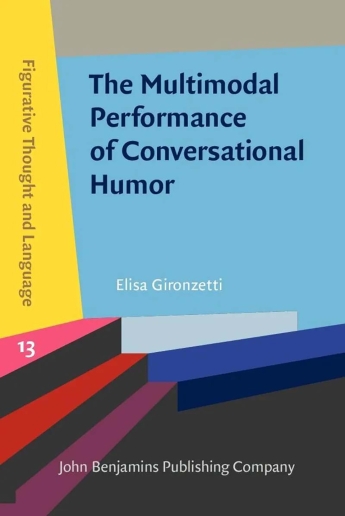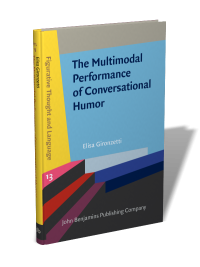This article reviews the different forms of collaboration that existed between Balzac and Janin, before and after Balzac’s identification, in a famous January 1831 article, of a “school of disenchantment”, which he associated with Janin, Nodier and Stendhal. Beyond this grouping as imagined by Balzac, the latter’s short-lived collusion with Janin reveals the paradoxical nature of the inherently competitive relationship between two young authors who are united in their clever and coordinated manipulation of the new machinery of literary publicity.
Cet article se propose de revenir sur les différentes formes qu’a pu prendre la collaboration entre Balzac et Janin, de part et d’autre de la célèbre théorisation balzacienne de « l’école du désenchantement », par laquelle ce dernier s’associait à Janin, Nodier et Stendhal, en janvier 1831. En-deçà du collectif fantasmé par Balzac, son éphémère collusion avec Janin permet de mettre en lumière la relation paradoxale de deux jeunes auteurs, unis par leur maniement, aussi habile que coordonné, de nouveaux mécanismes de publicité littéraire.




